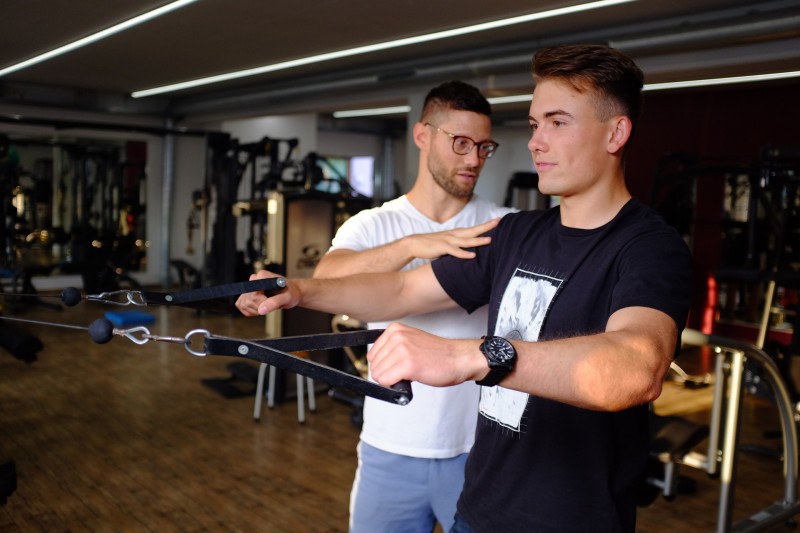First published on ARNI Institute for Stroke Rehabilitation website
Loss of arm function is a very common problem after stroke. Put bluntly, if you have a stroke, it causes lasting damage to the part of your brain that controls movement in your arm. Stroke survivors may experience multiple upper limb symptoms resulting in complications such as weakness, planning and co-ordination problems, changes in the muscles (spasticity & flaccidity), subluxation, contracture, pain, swelling and a host of other symptoms and combinations of symptoms. The resulting presentation can render the upper limb virtually ‘non-functional’.
A well-known feature that can creep is called ‘learned non-use’, where the stroke survivor quickly gets very good at doing most reaching, grasping and releasing tasks with their less-affected, functional arm… ultimately him or her to forego efforts to improve the more-affected arm. Which is not good at all. Stroke survivors really want to know therefore whether intensive rehabilitation really does improve their upper limb motor control processes and reduce their impairments. And if it does, how should they go about getting this/doing it?
There is converging evidence that more therapy might result in better outcomes: current evidence suggests that intensive rehabilitation therapy helps people regain movement in their affected arm in the first few months after stroke. However, stroke survivors get to believe that little (if any) improvement can be made later on, which is sad, because we know this is not true.
Regaining lost movement may be possible many years after suffering a stroke, thanks to intensive rehabilitation therapy methods and inclusion of some principles, concepts and augments into rehab programmes, one of which is the use of robots. With the right therapy combinations, people can see improvements in movement, everyday function, and quality of life. Witness, for example, data which has emerged as a result of survivors attending the Queen Square (London) Upper Limb programme. See report in ACNR Journal. A majority improved in key clinical scores of motor impairment and arm function measured at admission and discharge and retain these improvements at 6-week and 6-month follow-up. Moreover, these are people improving months to years after their strokes occurred.
Is it the higher dosages of physical therapy/task-practice? Is it the combination of robotics and related augments alongside therapy/task-practice (therapy/task-practice aimed primarily at ramping up the dosage of repetitions on tasks)? For sure, as the RATULS Trial has emphasised, we need adequately powered dose-finding studies of promising interventions, tailored to targeted subgroups which also take into account potential cost-effectiveness to better understand the parameters involved.
Please read the full article here.





